-
 Bitcoin
Bitcoin $107,341.7259
0.15% -
 Ethereum
Ethereum $2,438.6204
0.70% -
 Tether USDt
Tether USDt $1.0003
-0.02% -
 XRP
XRP $2.1866
1.94% -
 BNB
BNB $649.0952
0.36% -
 Solana
Solana $150.9602
5.63% -
 USDC
USDC $0.9999
0.00% -
 TRON
TRON $0.2742
0.40% -
 Dogecoin
Dogecoin $0.1645
1.93% -
 Cardano
Cardano $0.5669
1.18% -
 Hyperliquid
Hyperliquid $37.8286
4.19% -
 Bitcoin Cash
Bitcoin Cash $491.4669
-2.74% -
 Sui
Sui $2.8150
3.06% -
 Chainlink
Chainlink $13.4184
2.91% -
 UNUS SED LEO
UNUS SED LEO $9.0809
0.27% -
 Avalanche
Avalanche $18.0295
2.60% -
 Stellar
Stellar $0.2396
1.19% -
 Toncoin
Toncoin $2.8587
0.13% -
 Shiba Inu
Shiba Inu $0.0...01160
2.59% -
 Litecoin
Litecoin $86.4192
1.45% -
 Hedera
Hedera $0.1486
1.19% -
 Monero
Monero $308.4324
0.87% -
 Polkadot
Polkadot $3.4202
1.43% -
 Bitget Token
Bitget Token $4.6436
-0.34% -
 Dai
Dai $0.9998
-0.02% -
 Ethena USDe
Ethena USDe $1.0002
0.00% -
 Uniswap
Uniswap $7.1527
3.29% -
 Pi
Pi $0.5357
-8.45% -
 Pepe
Pepe $0.0...09588
4.61% -
 Aave
Aave $259.9759
0.81%
What is the zero-knowledge proof of blockchain digital currency?
Zero-knowledge proofs (ZKPs) enhance blockchain by verifying transactions without revealing sensitive data, boosting privacy, scalability, and security. zk-SNARKs and zk-STARKs are key examples, though implementation requires careful consideration of computational costs and security.
Mar 11, 2025 at 12:42 pm

Key Points:
- Zero-knowledge proofs (ZKPs) allow one party (the prover) to prove to another party (the verifier) that a statement is true, without revealing any information beyond the truth of the statement itself.
- In the context of blockchain, ZKPs enhance privacy, scalability, and security.
- Several types of ZKPs exist, each with its strengths and weaknesses. The most relevant for blockchain are zk-SNARKs and zk-STARKs.
- Implementing ZKPs in blockchain requires careful consideration of computational complexity and security vulnerabilities.
What is the zero-knowledge proof of blockchain digital currency?
Zero-knowledge proofs (ZKPs) are cryptographic techniques allowing one party (the prover) to convince another party (the verifier) that a statement is true without revealing any information beyond the validity of that statement. This is crucial in blockchain technology, where transparency and privacy often conflict. Imagine proving you possess a certain amount of cryptocurrency without disclosing the exact amount or your private keys. That's the power of ZKPs.
In the blockchain realm, ZKPs offer a compelling solution to several challenges. Privacy coins, for example, leverage ZKPs to conceal transaction details while maintaining the integrity of the blockchain. This allows for greater anonymity compared to transparent blockchains like Bitcoin. The potential for enhanced privacy is a key driver of ZKP adoption.
The scalability of a blockchain network can also benefit from ZKPs. By allowing verification without needing to process the entire transaction data, ZKPs can significantly reduce the computational burden on the network. This leads to faster transaction processing and higher throughput. The improved scalability is a crucial factor for blockchain's future adoption.
Security is another area where ZKPs shine. By concealing sensitive data, ZKPs make it significantly harder for attackers to exploit vulnerabilities. This added layer of security protects users' funds and enhances the overall robustness of the blockchain system. Enhanced security contributes to increased user trust and adoption.
Different types of ZKPs exist, each with its own trade-offs. zk-SNARKs (Zero-Knowledge Succinct Non-Interactive Arguments of Knowledge) are widely used but require a trusted setup, potentially introducing a single point of failure. zk-STARKs (Zero-Knowledge Scalable Transparent Arguments of Knowledge) eliminate the need for a trusted setup, making them more secure but computationally more expensive.
Implementing ZKPs in a blockchain requires careful consideration. The computational overhead associated with generating and verifying ZKPs can be significant. Furthermore, ensuring the security of the ZKP implementation is paramount, as vulnerabilities could compromise the integrity of the entire system. The technical complexity is a significant hurdle to widespread adoption.
The process of using a ZKP typically involves several steps:
- Statement Creation: The prover defines the statement to be proven.
- Proof Generation: The prover generates a proof using a cryptographic algorithm.
- Proof Verification: The verifier receives the proof and verifies its validity.
- Verification Result: The verifier accepts or rejects the proof based on the verification process.
These steps are fundamental to the secure and private exchange of information without revealing sensitive data. The complexity of these steps depends on the specific ZKP protocol being used. The choice of protocol is critical to the overall system's performance and security.
Beyond the basics, several other aspects are important:
- Succinctness: A good ZKP should have a small proof size, enabling efficient verification.
- Non-interactivity: The prover and verifier ideally only need to interact once.
- Zero-knowledge: The verifier learns nothing beyond the validity of the statement.
These properties are crucial for practical implementation in a blockchain environment. Striking the right balance between these properties is a significant challenge in ZKP research. The ongoing development of more efficient and secure ZKP protocols is a key area of research and development within the cryptocurrency community.
Common Questions and Answers:
Q: What are the advantages of using ZKPs in blockchain?
A: ZKPs offer enhanced privacy by concealing transaction details, improved scalability by reducing computational load, and increased security by protecting sensitive data.
Q: What are the different types of ZKPs used in blockchain?
A: zk-SNARKs and zk-STARKs are the most common. zk-SNARKs are more efficient but require a trusted setup, while zk-STARKs are more secure but computationally more expensive.
Q: Are ZKPs widely adopted in blockchain technology?
A: While adoption is growing, ZKPs are not yet ubiquitous. The complexity of implementation and ongoing research into more efficient protocols are limiting factors.
Q: What are the potential risks associated with using ZKPs?
A: The potential for vulnerabilities in the ZKP implementation itself, and the computational overhead associated with generating and verifying proofs, are key risks. A flawed implementation could compromise the security of the entire system.
Q: How do ZKPs compare to other privacy-enhancing techniques in blockchain?
A: ZKPs offer a more robust approach to privacy compared to other methods like ring signatures or mixing services, as they allow for proving statements without revealing any underlying data. However, they come with higher computational costs.
Q: What is the future of ZKPs in blockchain?
A: Ongoing research aims to improve the efficiency and security of ZKPs, making them more widely applicable. Further development will likely see increased adoption in various blockchain applications.
Disclaimer:info@kdj.com
The information provided is not trading advice. kdj.com does not assume any responsibility for any investments made based on the information provided in this article. Cryptocurrencies are highly volatile and it is highly recommended that you invest with caution after thorough research!
If you believe that the content used on this website infringes your copyright, please contact us immediately (info@kdj.com) and we will delete it promptly.
- Ruvi AI: The Audited Token Primed to Lead the Bull Run, Outshining Competitors
- 2025-06-29 06:30:13
- Ruvi AI: The Smart Shiba Inu? Token Rally Potential Examined
- 2025-06-29 06:30:13
- Bitcoin, AI Tokens, and Ruvi AI: What's the Deal?
- 2025-06-29 06:50:12
- Cryptos with Real-World Utility and Growth Potential: Qubetics and Beyond
- 2025-06-29 06:35:13
- Bitcoin Breakout Imminent: Institutional Demand Fuels the Fire
- 2025-06-29 07:30:13
- Ruvi AI, Dogecoin, and ROI: Decoding the Crypto Hype
- 2025-06-29 07:12:05
Related knowledge
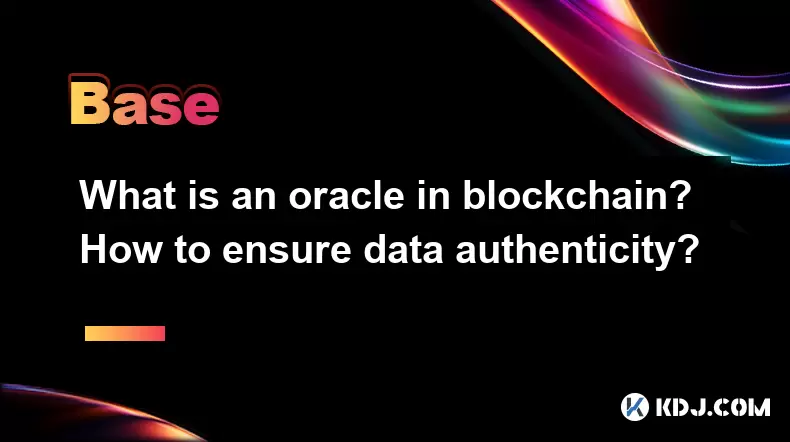
What is an oracle in blockchain? How to ensure data authenticity?
Jun 19,2025 at 08:49pm
Understanding the Role of an Oracle in BlockchainIn the context of blockchain technology, an oracle serves as a bridge between the blockchain and external data sources. While blockchains are inherently secure and decentralized, they cannot access real-world information on their own. Oracles enable smart contracts to interact with off-chain data such as ...
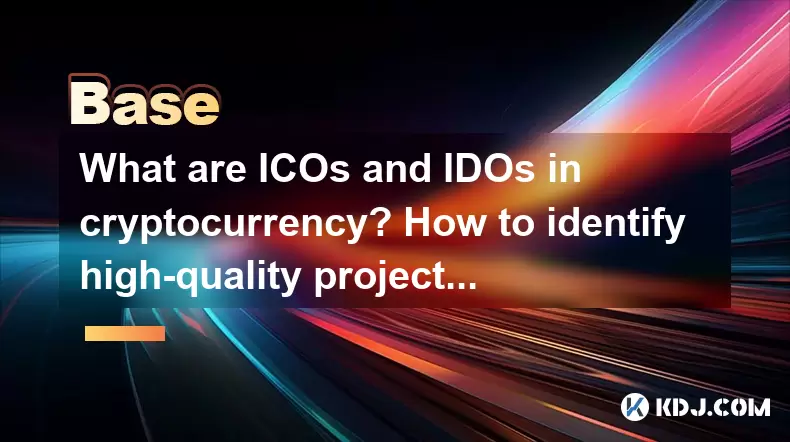
What are ICOs and IDOs in cryptocurrency? How to identify high-quality projects?
Jun 22,2025 at 11:49am
Understanding ICOs in CryptocurrencyInitial Coin Offerings (ICOs) are fundraising mechanisms used by cryptocurrency startups to raise capital for their projects. In an ICO, a company creates and sells its own tokens to investors in exchange for established cryptocurrencies like Bitcoin or Ethereum. The process typically involves the release of a whitepa...
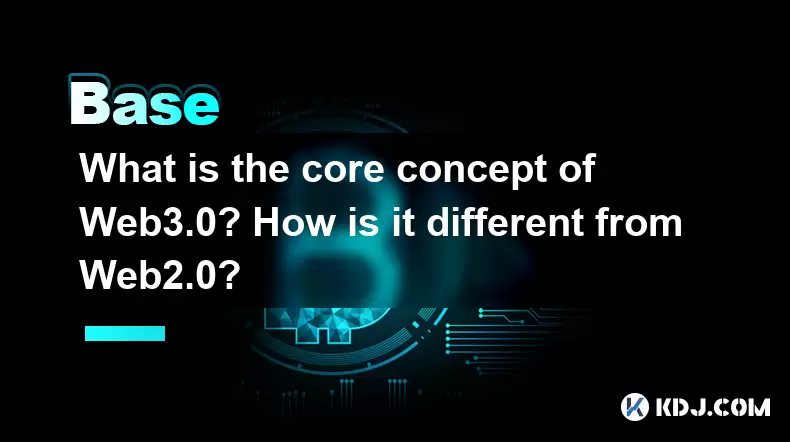
What is the core concept of Web3.0? How is it different from Web2.0?
Jun 21,2025 at 05:56pm
Decentralization as the Foundation of Web3.0The core concept of Web3.0 revolves around decentralization, which fundamentally challenges the centralized architecture of Web2.0. In Web3.0, control and ownership are distributed across a network rather than being held by a central authority or corporation. This is achieved primarily through blockchain techn...
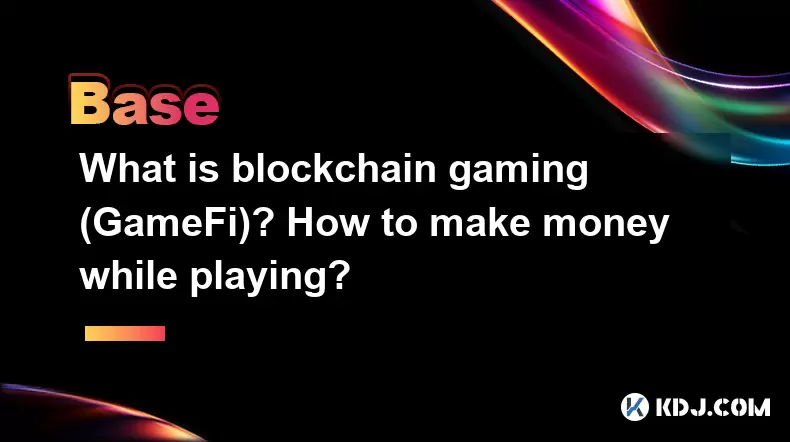
What is blockchain gaming (GameFi)? How to make money while playing?
Jun 20,2025 at 07:56am
Understanding Blockchain Gaming (GameFi)Blockchain gaming, often referred to as GameFi, is a fusion of blockchain technology and video games. It enables players to own in-game assets through non-fungible tokens (NFTs) and earn rewards via cryptocurrencies or token-based systems. Unlike traditional games where items are controlled by centralized develope...
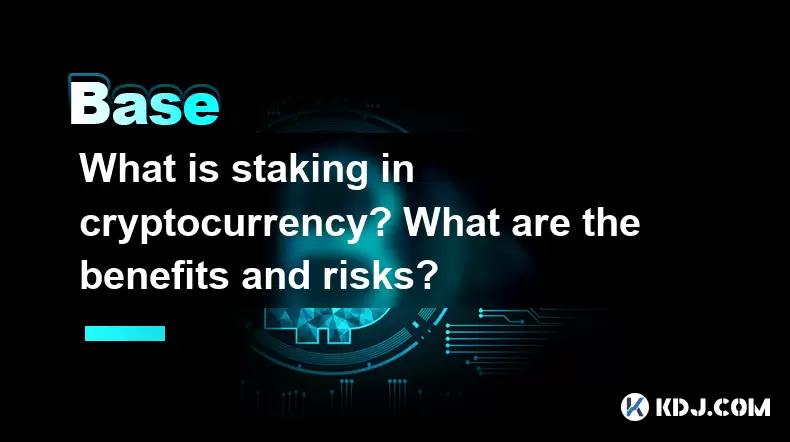
What is staking in cryptocurrency? What are the benefits and risks?
Jun 22,2025 at 10:01am
Understanding the Concept of Staking in CryptocurrencyStaking in cryptocurrency refers to the process of actively participating in transaction validation on a blockchain network that uses a Proof-of-Stake (PoS) consensus mechanism. Instead of miners competing to solve complex mathematical puzzles as in Proof-of-Work systems like Bitcoin, PoS blockchains...
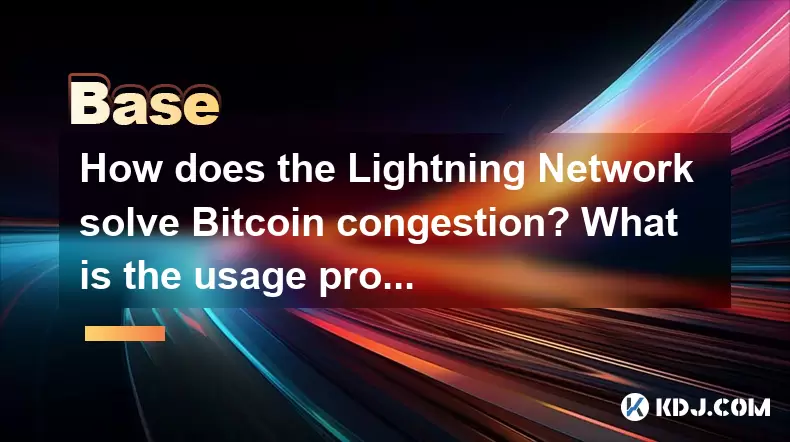
How does the Lightning Network solve Bitcoin congestion? What is the usage process?
Jun 23,2025 at 06:21pm
Understanding Bitcoin Network CongestionBitcoin, as a decentralized digital currency, operates on a blockchain that records every transaction in a public ledger. Each block has a limited size, typically 1 megabyte, which allows for only a certain number of transactions per second (TPS). When the number of transactions increases, the network becomes cong...

What is an oracle in blockchain? How to ensure data authenticity?
Jun 19,2025 at 08:49pm
Understanding the Role of an Oracle in BlockchainIn the context of blockchain technology, an oracle serves as a bridge between the blockchain and external data sources. While blockchains are inherently secure and decentralized, they cannot access real-world information on their own. Oracles enable smart contracts to interact with off-chain data such as ...

What are ICOs and IDOs in cryptocurrency? How to identify high-quality projects?
Jun 22,2025 at 11:49am
Understanding ICOs in CryptocurrencyInitial Coin Offerings (ICOs) are fundraising mechanisms used by cryptocurrency startups to raise capital for their projects. In an ICO, a company creates and sells its own tokens to investors in exchange for established cryptocurrencies like Bitcoin or Ethereum. The process typically involves the release of a whitepa...

What is the core concept of Web3.0? How is it different from Web2.0?
Jun 21,2025 at 05:56pm
Decentralization as the Foundation of Web3.0The core concept of Web3.0 revolves around decentralization, which fundamentally challenges the centralized architecture of Web2.0. In Web3.0, control and ownership are distributed across a network rather than being held by a central authority or corporation. This is achieved primarily through blockchain techn...

What is blockchain gaming (GameFi)? How to make money while playing?
Jun 20,2025 at 07:56am
Understanding Blockchain Gaming (GameFi)Blockchain gaming, often referred to as GameFi, is a fusion of blockchain technology and video games. It enables players to own in-game assets through non-fungible tokens (NFTs) and earn rewards via cryptocurrencies or token-based systems. Unlike traditional games where items are controlled by centralized develope...

What is staking in cryptocurrency? What are the benefits and risks?
Jun 22,2025 at 10:01am
Understanding the Concept of Staking in CryptocurrencyStaking in cryptocurrency refers to the process of actively participating in transaction validation on a blockchain network that uses a Proof-of-Stake (PoS) consensus mechanism. Instead of miners competing to solve complex mathematical puzzles as in Proof-of-Work systems like Bitcoin, PoS blockchains...

How does the Lightning Network solve Bitcoin congestion? What is the usage process?
Jun 23,2025 at 06:21pm
Understanding Bitcoin Network CongestionBitcoin, as a decentralized digital currency, operates on a blockchain that records every transaction in a public ledger. Each block has a limited size, typically 1 megabyte, which allows for only a certain number of transactions per second (TPS). When the number of transactions increases, the network becomes cong...
See all articles

























































































